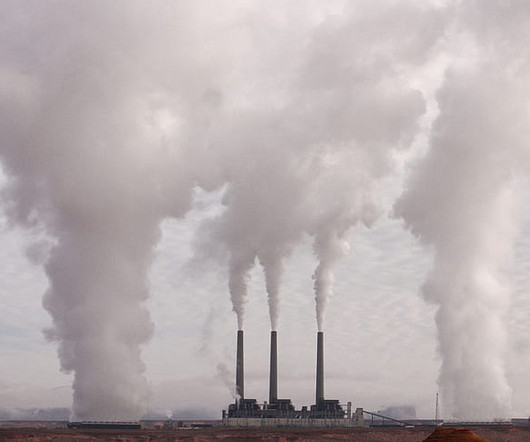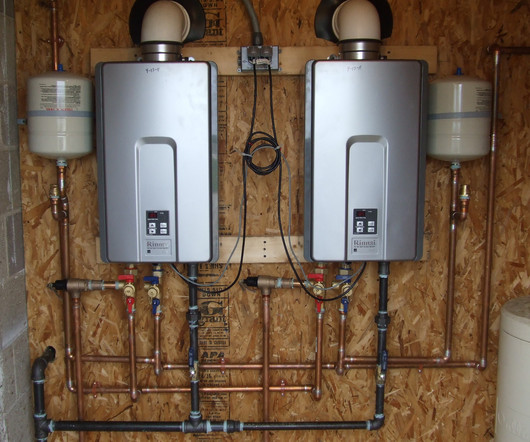Biden’s Proposed Power Plant Rule is a Solid First Step
Legal Planet
AUGUST 2, 2023
As my colleagues and I have explained , generation shifting is an ordinary consequence of pollution-control rules and is the easiest, cheapest, and best way to reduce carbon dioxide emissions from fossil fuel-powered plants. The EPA can, and must, separately regulate co-pollutants with dangerous local health effects.













Let's personalize your content